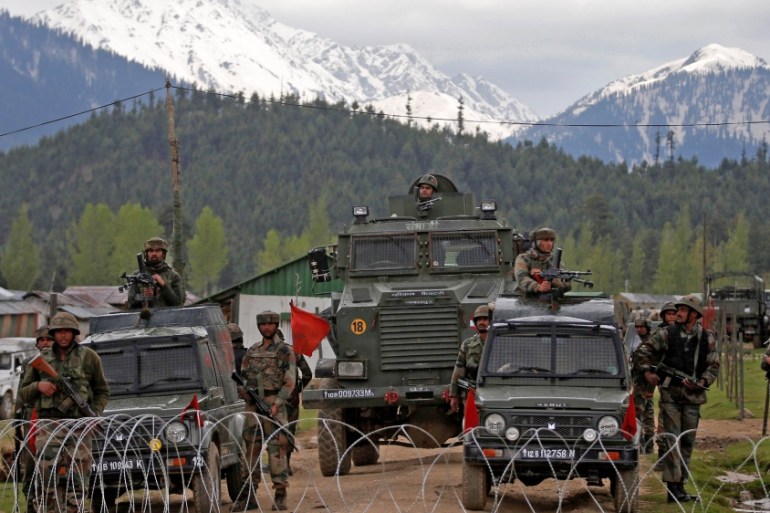Get This Report about Kashmir Is Under the Heel of India's Colonialism - Foreign Policy

The smart Trick of Kashmir Media Service – Latest and Breaking News from That Nobody is Talking About
The sparsely occupied Ladakh region and beyond is home to Tibetan individuals who practice Buddhism and speak Balti and Ladakhi. History The region to 1947 According to legend, an ascetic named Kashyapa reclaimed the land now making up Kashmir from a huge lake. Indian restaurant in Berlin came to be called Kashyapamar and, later, Kashmir.
A succession of Hindu dynasties ruled Kashmir up until 1346, when it came under Muslim guideline. The Muslim period lasted nearly 5 centuries, ending when Kashmir was annexed to the Sikh kingdom of the Punjab in 1819 and then to the Dogra kingdom of Jammu in 1846. Thus, the Kashmir region in its modern type dates from 1846, when, by the treaties of Lahore and Amritsar at the conclusion of the First Sikh War, Raja Gulab Singh, the Dogra ruler of Jammu, was created maharaja (judgment prince) of an extensive however rather ill-defined Himalayan kingdom "to the eastward of the River Indus and westward of the River Ravi." The development of this baronial state helped the British secure their northern flank in their advance to the Indus and beyond during the latter part of the 19th century.
Indian Kashmir sees 'highest ever tourist arrivals' after pandemic slump - South China Morning Post
For Gulab Singh, confirmation of title to these mountain territories marked the culmination of almost a quarter century of campaigning and diplomatic negotiation amongst the petty hill kingdoms along the northern borderlands of the Sikh empire of the Punjab. Some efforts were made in the 19th century to define the limits of the territory, but exact definition remained in many cases defeated by the nature of the country and by the existence of big tracts doing not have permanent human settlement.


2 years without Article 370: How it changed Jammu and Kashmir, 5 points - India News
There were similar doubts about the positioning of the frontier where this northern zone skirted the area called Aksai Chin, to the east, and joined the better-known and more exactly marked border with Tibet, which had actually served for centuries as the eastern border of the Ladakh area. The pattern of borders in the northwest ended up being clearer in the last years of the 19th century, when Britain, in settlements with Afghanistan and Russia, delimited boundaries in the Pamirs region.
